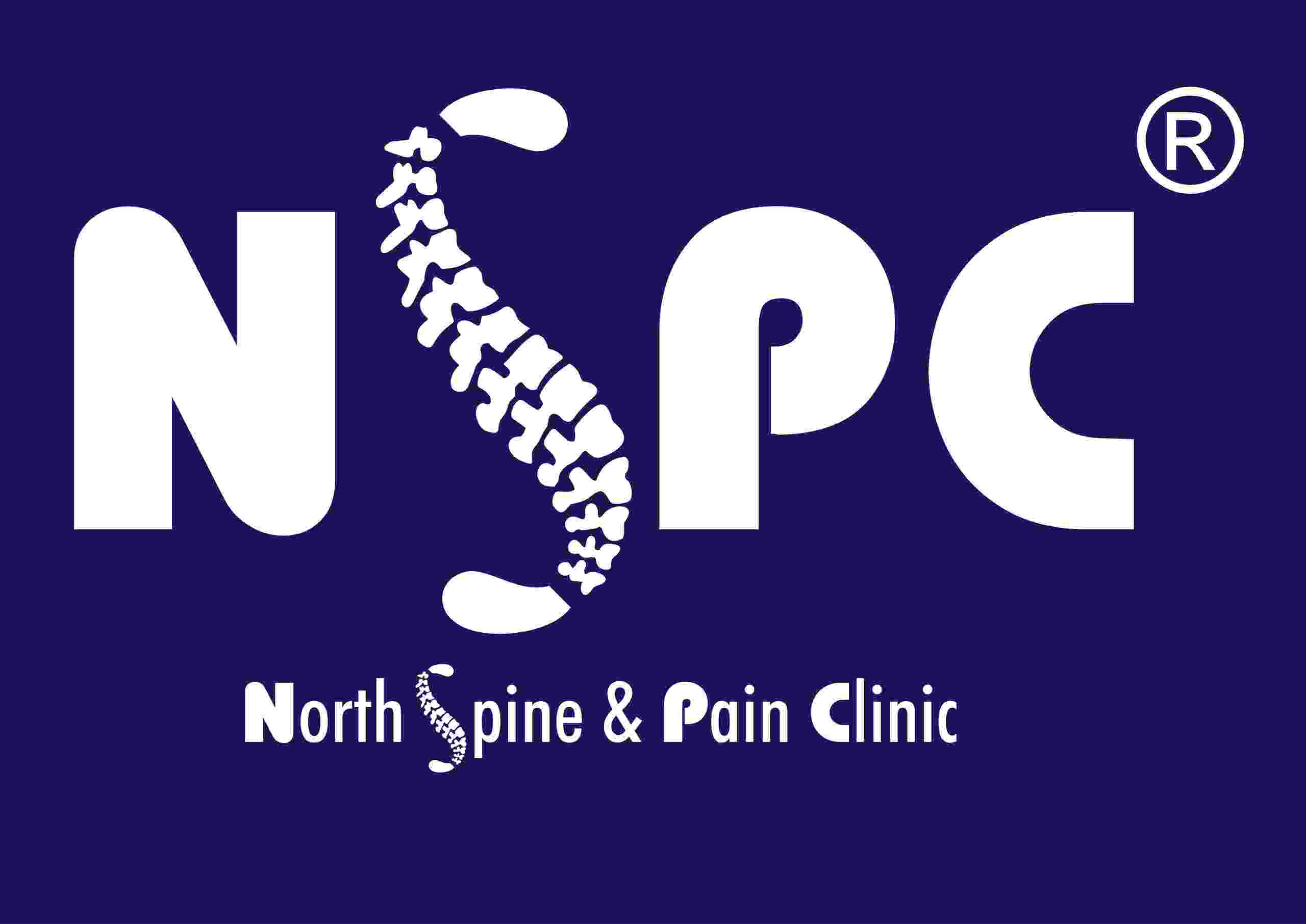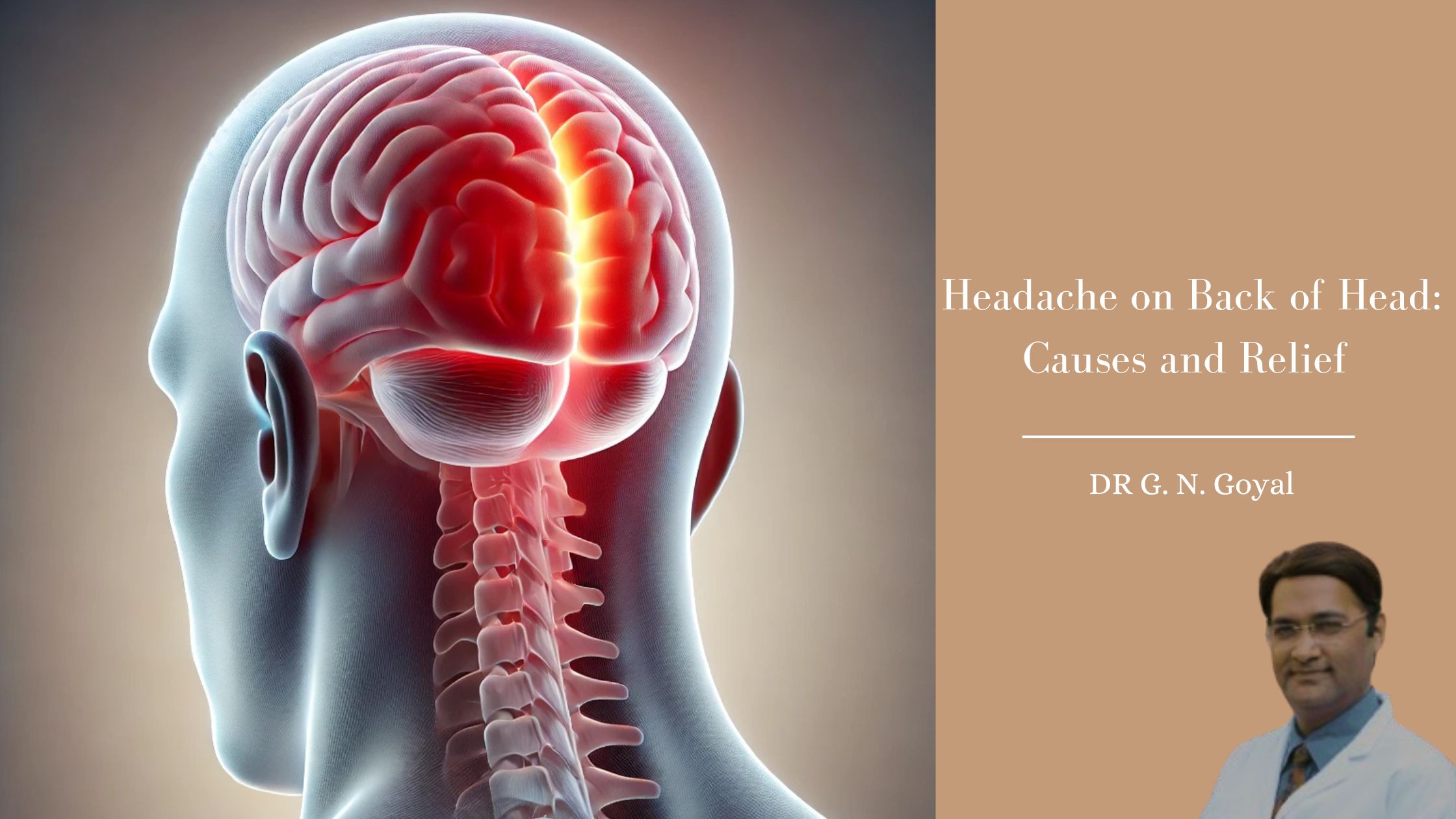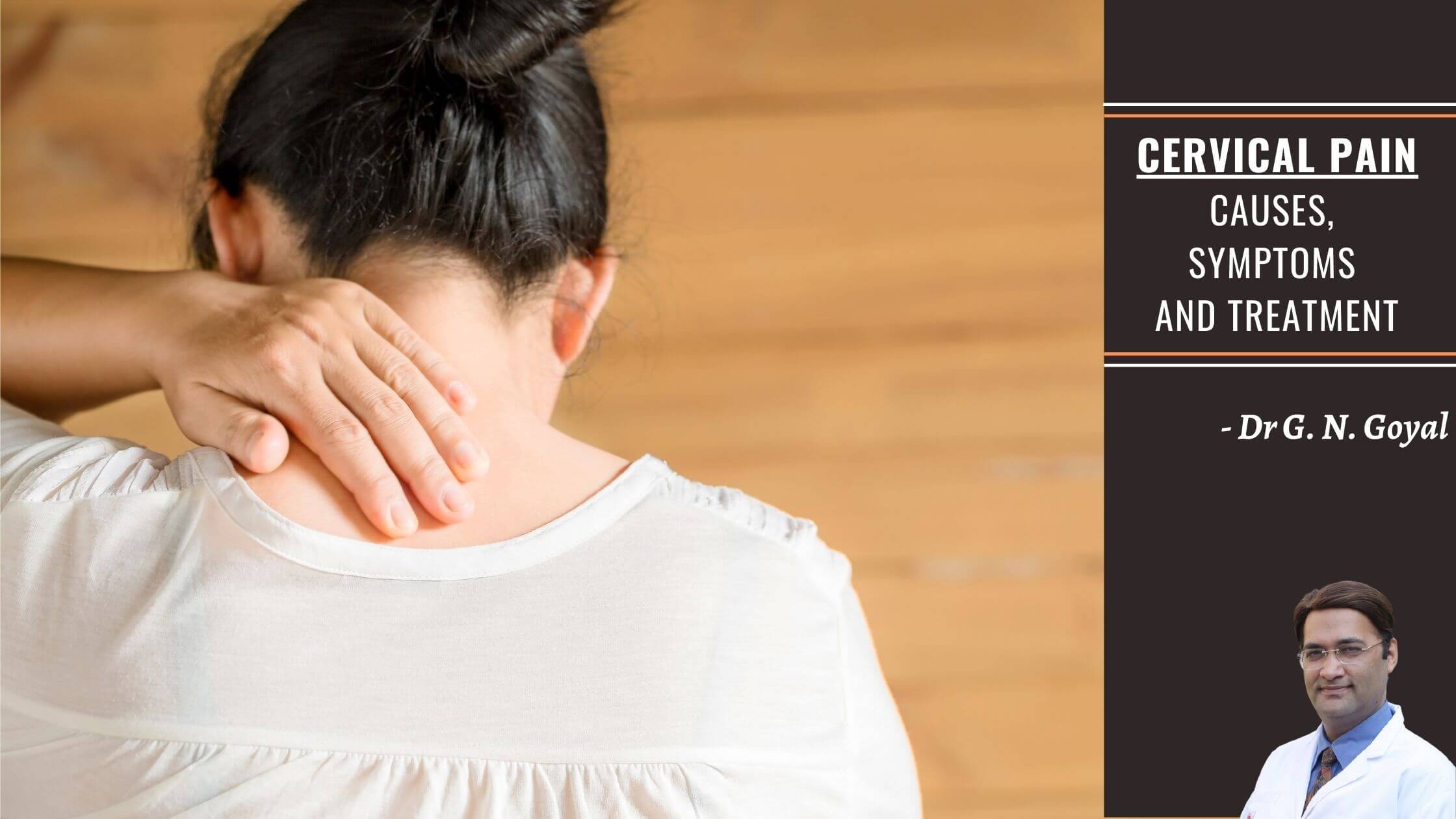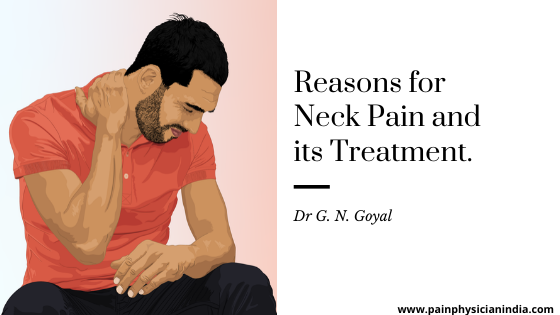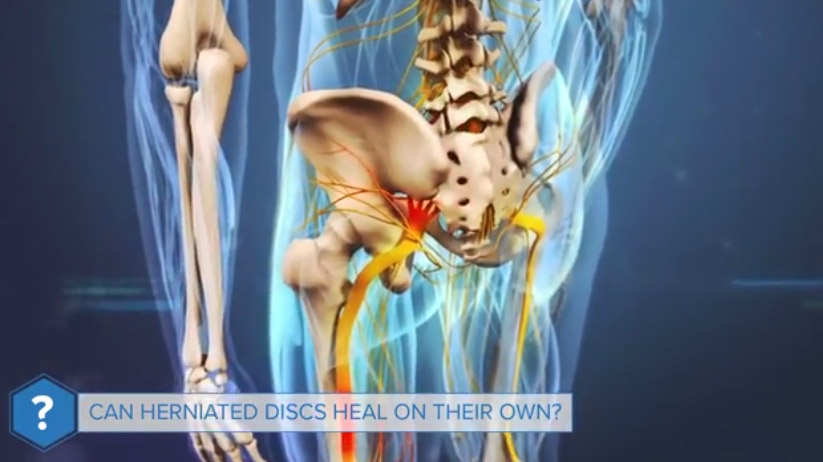Back of Head Headache: Causes, Treatments, and When to Seek Help
Experiencing a headache on Back of head can be both frustrating and worrisome. This type of headache might indicate an underlying condition that needs attention. Understanding the potential causes and appropriate treatments is key to finding relief.
Common Causes of Headache on Back of Head
1. Tension Headaches
Tension headaches are among the most common causes of pain in the back of the head. Stress, poor posture, or sitting in one position for too long can lead to muscle tension, which manifests as pain.
2. Occipital Neuralgia
Occipital neuralgia occurs when the nerves that run from the top of the spinal cord to the scalp are inflamed or injured. It often causes sharp, stabbing pain in the back of the head, typically on one side.
3. Cervicogenic Headache
This headache originates in the neck and radiates to the back of the head. Poor posture, neck injuries, or degenerative conditions like arthritis are common triggers.
4. Migraine
Migraines can cause pain anywhere in the head, including the back side of the head. These headaches are often accompanied by symptoms like nausea, sensitivity to light or sound, and visual disturbances.
5. Cluster Headaches
Though rare, cluster headaches can cause intense pain on one side of the head, including the back. These headaches are often accompanied by redness or tearing of the eye and nasal congestion.
When to Seek Medical Attention
While most headaches are harmless and resolve on their own, certain symptoms indicate a need for medical evaluation:
– Sudden, severe headache often described as a “thunderclap” headache.
– Persistent pain that doesn’t improve with rest or over-the-counter medications.
– Symptoms such as vision changes, difficulty speaking, or weakness in limbs.
– Headaches following a head injury or accident.
Home Remedies for Immediate Relief
1. Rest and Relaxation
Resting in a quiet, dark room can help alleviate headache symptoms, especially if they are stress or migraine-related.
2. Heat or Cold Compress
Apply a cold compress to the back of your head to reduce inflammation or a warm compress to ease muscle tension.
3. Massage Therapy
Gently massaging the neck and back of the head can relieve tension and improve blood flow.
4. Stay Hydrated
Dehydration is a common trigger for headaches. Drinking enough water throughout the day can prevent or alleviate symptoms.
Long-Term Treatment Options
1. Physical Therapy
For tension or cervicogenic headaches, physical therapy or physiotherapy can improve posture and strengthen neck muscles, reducing recurrence.
2. Medications
– Over-the-counter pain relievers like ibuprofen or acetaminophen can provide temporary relief.
– Prescription medications may be required for migraines or chronic headaches. Pain medications should not be taken continuously for long. These may have so many side effects.
3. Lifestyle Adjustments
– Practice stress-management techniques like yoga, meditation, or deep breathing.
– Maintain a consistent sleep schedule.
– Limit caffeine and alcohol consumption, which can trigger headaches.
4. Consult a Specialist
If headaches persist, consult a headache specialist to identify any underlying conditions and develop a personalized treatment plan.
5. Pain management techniques
In moderate to extreme cases where other treatments don’t provide relief within few weeks of starting
the symptoms, Non-surgical, Minimally – Invasive, keyhole Procedures by headache specialist or pain specialist provide very good and long lasting pain relief.
A headache on Back of Head can have multiple causes, ranging from minor issues like muscle tension to more serious conditions like occipital neuralgia or migraines. Identifying the root cause and seeking the right treatment is essential for long-term relief.
If the pain is persistent or accompanied by other concerning symptoms, don’t hesitate to seek professional help. Early diagnosis and treatment can make all the difference in treating, managing and preventing these headaches.
Visit the Best Doctor for Headache or for any other nerves related Problems in Delhi, Dr. G N Goyal, at the nearest Neuro Pain and Spine Clinic, and book your appointment now!
CONTACT US
